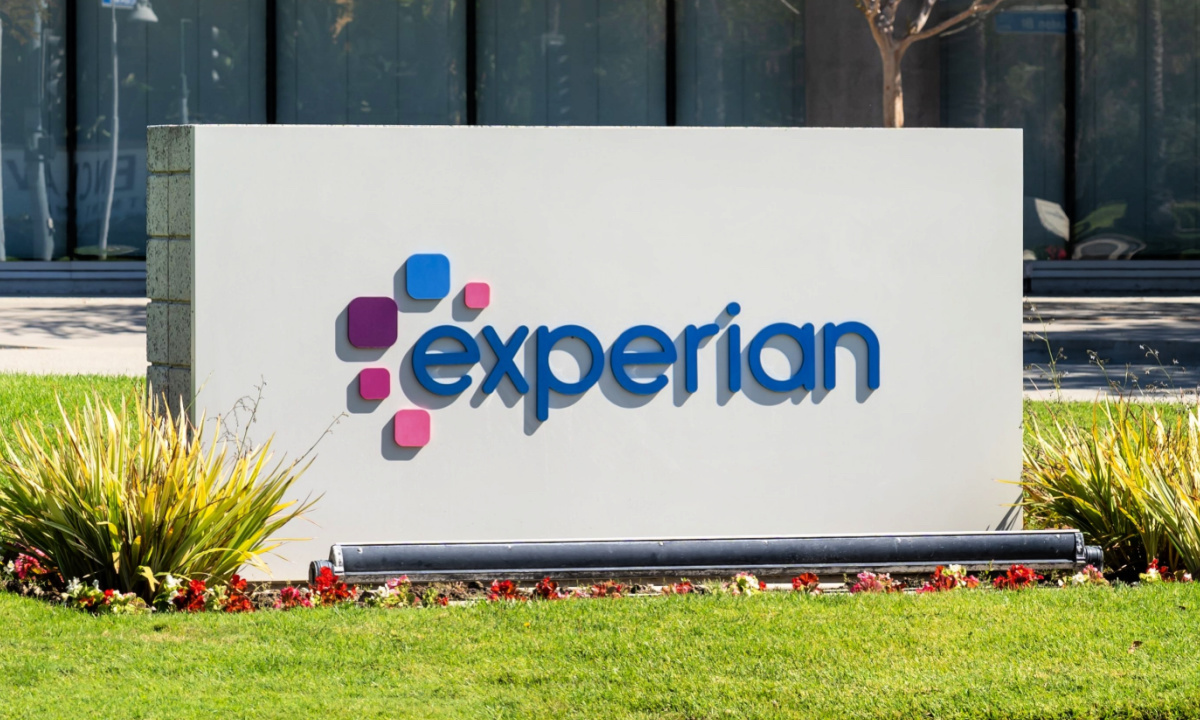Turns out Kelly Cook wasn’t kidding around. When David’s (formerly David’s Bridal) CEO last spoke to Karen Webster in mid-June she promised a big upcoming announcement that would support her vision of rebranding the dominant bridal retailer as a special occasion apparel and media company. But in order to take that next step she needed a big win. A big retail partner to amplify her “aisle to algorithm” vision.
How’s Amazon for a big win? On July 9, David’s opened a new Amazon storefront featuring a new brand that offers gowns and dresses for both special and everyday occasions. By opening The Edit by DB Studio, Cook aims to continue expanding its offerings and ways to shop, positioning it to compete outside of bridal fashion and introduce its fashion to new shoppers through the biggest retailer on the planet. And in fitting with Cook’s expansive vision, The Edit by DB Studio offers styles that span bridal, bridesmaid, wedding guest, junior and occasion wear.
Cook understands that as far as her ambitions for David’s go, it still begins and ends with the bride.
“We needed to serve the brides that wanted a dress that was under $500, but she did not want to sacrifice the quality of a $5,000 dress,” Cook told Webster. “That is the key. She did not want a cheap dress. That is not what she wanted. She wanted a highly constructed, beautiful branded gown of high quality that was under $500. So that’s when we launched, discovered and defined the Edit by DB Studio brand. And we wanted to serve it to as many customers as possible, which is why we partnered with Amazon.”
Aisle to Algorithm
The partnership creates huge opportunities for David’s revenue and Cook’s vision of a special occasion apparel and media company. Nothing says “aisle to algorithm” like buying formal occasion attire on Amazon. But the partnership raises new issues for David’s, which Webster pressed Cook on during their conversation. How could a bride and her guests say yes to the dress without trying it on? How would the mass market Amazon experience play in the specialized, upscale world of David’s? And how would formal apparel play on Amazon?
All those questions define Cook’s next challenge, which is convincing brides that a dress ordered with one click can still make them feel flawless on the big day. “Most women, most brides want to come in for an appointment. They want to fit the dress because fit is everything,” Cook acknowledged. Yet pandemic‑era virtual consultations proved the fitting room can be digitized. “Our virtual stylists are incredible. I mean, they sell millions and millions and millions of dollars … of gowns online without ever seeing a bride in person.”
For Amazon shoppers, the safety net is logistics, not tailoring. “Amazon has such an incredible model, meaning you can buy multiples and return. That process is extremely convenient for brides,” she said, noting Happy Returns counters at Kohl’s and UPS that remove friction from the try‑buy‑return loop. And David’s is hardly ceding speed to its new partner. The chain already has an inventory of about 400,000 dresses locally across the country, with each of its retail locations serving as a distribution center. The difference, she said, is that Prime now meets a cohort of “last‑minute brides” who shop “a month away”— or even a weekend before — without compromising fit or style.
Cook insists the partnership will enhance rather than dilute the 75‑year‑old brand. “We think we’re fulfilling a need on Amazon to offer trustworthy, high-quality, really sophisticated craftsmanship gowns,” she said, recalling that reporters at New York Bridal Fashion Week could not single out the Amazon‑bound styles from the couture rack.
Asked whether the anything‑goes Amazon cart — where a $199 wedding dress might sit alongside paper towels — could cheapen the experience, Cook was blunt: “If our bride chooses a David’s dress but she wants to buy it on Amazon, we’re serving her … we’re just so privileged to serve her.” The storefront, she noted, flows directly from management’s first pillar under its “Aisle to Algorithm” roadmap: “to own all bridal across all price points and channels.”
Data to Aisle to Algorithm
What David’s hopes to gain from the experiment is data and speed. “We want to know what sells the quickest … Amazon could just get us data faster,” Cook said. Occasion‑wear prices on the marketplace have already climbed from $49 four years ago to $199 today, and David’s “is forecasting that the Amazon price point will continue to grow as they lean more heavily into fashion.” She also wants a close look at Prime‑style fulfillment: “They are the best at distribution … is there something we can learn from them there as partners?”
Traditional seasonality is shifting, too. “About three years ago, we were seeing this massive spike come up in May,” Cook said, eventually realizing, “guess what else requires a white dress? Graduation.” Meanwhile, many ceremonies now require wardrobes, not just one gown. “Some of our data say their second dresses, some of our data say their third dresses … we even have brides buy an exit dress,” she said, adding that Amazon’s two‑day promise “allows them to sort of level up those second and third and tertiary dresses without sacrificing look or fashion.”
Wholesale rollout is next. The vertically integrated chain “is going to be partnering with boutiques” to supply gowns at a fraction of current wholesale prices. And Cook double-clicked on her last interview with Webster, which dealt mostly with the role AI will play in the aisle-to-algorithm journey. “Our vision is to be the largest AI retail and media marketplace for all special occasions.”
Cook closed with the metric she guards most closely. “The number one word customers use when they describe us is trust, and we will never do anything to break that trust,” she said.



 Cyber Security3 weeks ago
Cyber Security3 weeks ago
 Cyber Security3 weeks ago
Cyber Security3 weeks ago
 Fintech3 weeks ago
Fintech3 weeks ago
 Artificial Intelligence3 weeks ago
Artificial Intelligence3 weeks ago
 Fintech3 weeks ago
Fintech3 weeks ago
 Latest Tech News3 weeks ago
Latest Tech News3 weeks ago
 Fintech3 weeks ago
Fintech3 weeks ago

